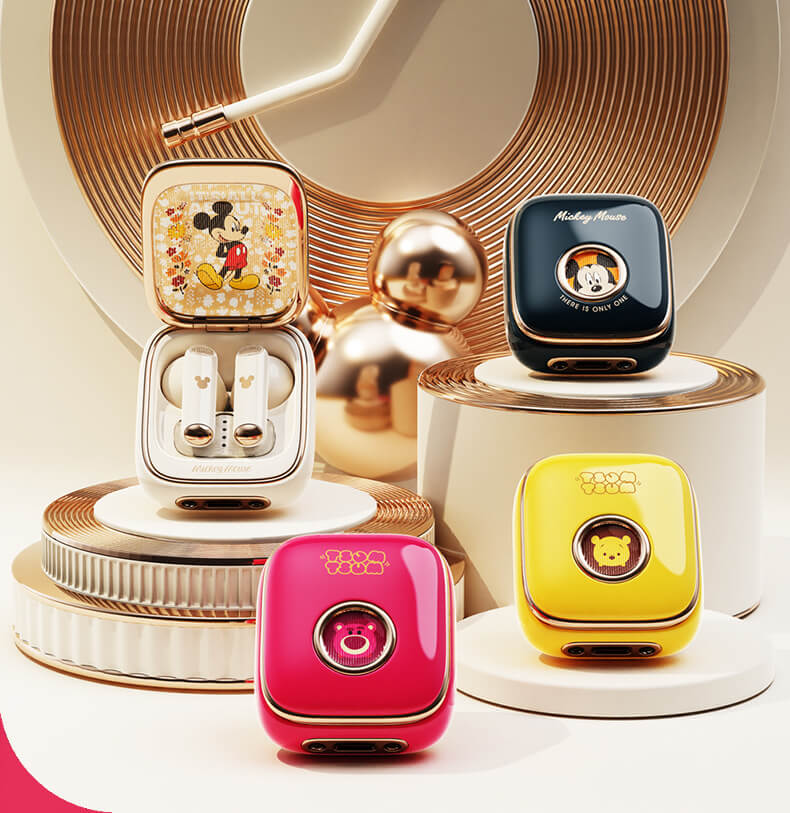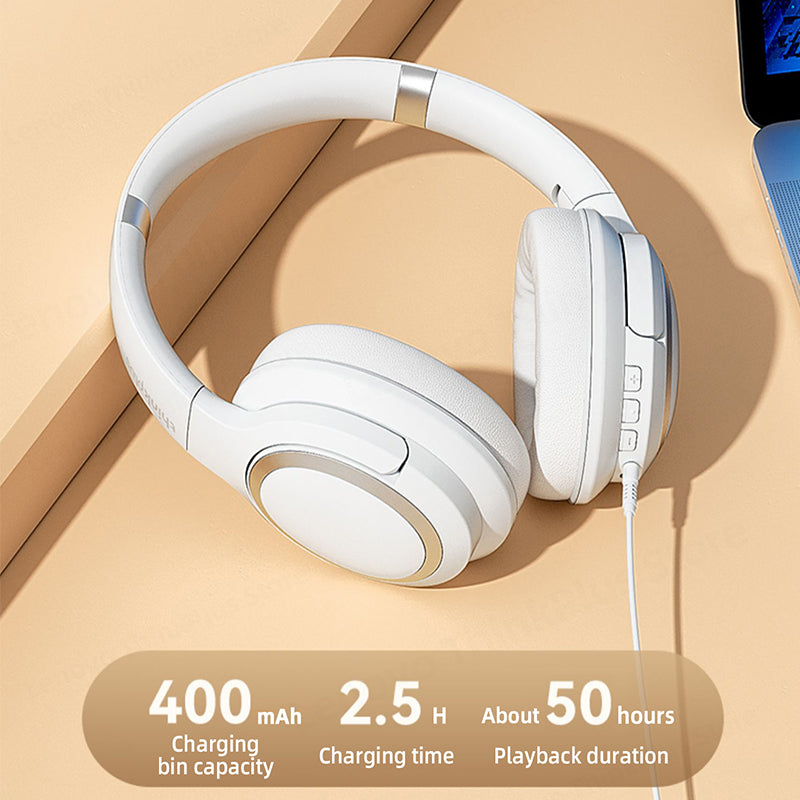Noise-cancelling and sound isolating headsets are two types of headphones that are designed to block out external noise and provide a better listening experience. While they may seem similar, they function differently and are suited for different scenarios. In this article, we’ll discuss the differences between the two and help you determine which one is best for your needs.
Noise-Cancelling Headsets
Noise-cancelling headsets use active noise control technology to cancel out external sounds by producing an opposing sound wave. This is accomplished through the use of small microphones on the headset that pick up external noise and send it to the headphones’ circuitry. The circuitry then creates a sound wave that’s the opposite of the external noise and sends it to the headphones’ speakers. The opposing sound waves cancel each other out, effectively reducing or eliminating external noise.
Noise-cancelling headphones are ideal for use in noisy environments such as airplanes, trains, and busy offices. They are also great for people who are easily distracted by external noise while working or studying. However, noise-cancelling headphones are generally more expensive than sound isolating headphones and may require a power source to operate.
Sound Isolating Headsets
Sound isolating headsets, on the other hand, use passive noise control technology to block out external sounds. This is achieved by creating a physical barrier between your ear and the external noise. Sound isolating headphones use materials such as memory foam, silicone, or rubber to create a seal around your ear, preventing external noise from entering.
Sound isolating headphones are great for use in quiet environments such as libraries or when you want to focus on a specific task. They are also a good option for people who don’t want to spend a lot of money on headphones or who don’t want to rely on a power source to operate their headphones.
Which One Is Right for You?
Choosing between noise-cancelling and sound isolating headphones depends on your needs and preferences. If you work or study in a noisy environment or frequently travel on airplanes or trains, noise-cancelling headphones are likely the better option. However, if you work or study in a quieter environment or are looking for a more affordable option, sound isolating headphones are a great choice.
It’s worth noting that some headphones offer a combination of both noise-cancelling and sound isolating technologies. These headphones provide the best of both worlds and are ideal for people who want maximum noise reduction without relying on a power source to operate their headphones.
In conclusion, noise-cancelling and sound isolating headphones are both great options for blocking out external noise and improving your listening experience. When choosing between the two, consider your needs and preferences and choose the headphones that best meet them.
Noise-Cancelling vs Sound Isolating Headsets: What's the Difference?







